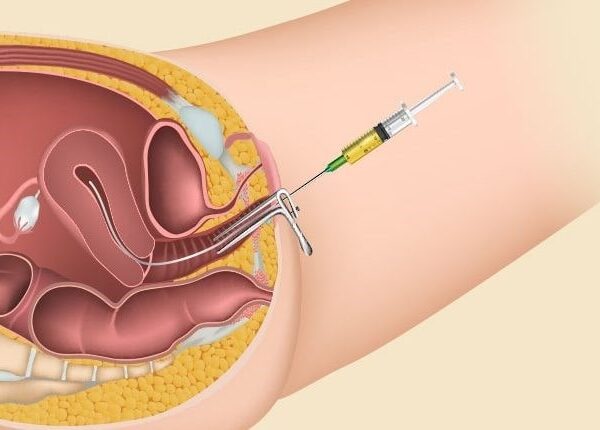Early Signs and Symptoms
Recognizing early signs of cerebral palsy can enable timely interventions. Infants and toddlers might show specific symptoms that signal the need for further evaluation.
Delayed Motor Milestones
Delayed motor milestones include sitting, crawling, or walking later than expected. By nine months, most infants sit without support. If a child struggles to sit up by this age, it might indicate a delay. Crawling usually occurs between six and ten months. If a child isn’t attempting to crawl by this period, it warrants attention. Walking typically starts by 18 months. If a child can’t walk independently by this age, further evaluation is advisable.
Abnormal Muscle Tone
Abnormal muscle tone manifests as either hypertonia or hypotonia. Hypertonia refers to unusually stiff muscles, making movements jerky or rigid. Hypotonia, or low muscle tone, presents as floppy limbs and diminished strength. Infants with abnormal muscle tone might exhibit difficulty in maintaining head control, grabbing objects, or rolling over.
Unusual Posture
Unusual posture involves irregular body positioning or muscle stiffness. Infants might arch their backs when held or appear to favor one side. Some may exhibit scissoring of the legs, where legs cross at the knees, or walking on toes. These postural abnormalities can make typical activities, such as sitting and crawling, challenging for the child.
Motor Symptoms
Cerebral palsy affects motor skills, making it essential to observe infants and toddlers closely. Motor symptoms often indicate potential issues needing medical attention.
Stiff or Rigid Limbs
Stiff limbs make movement difficult. Hypertonia causes muscles to be so tense they resist flexibility. For example, a child may struggle to bend their arms or legs or experience jerky movements. This rigidity can hinder developmental milestones like crawling or walking.
Poor Coordination
Children with cerebral palsy often exhibit poor coordination, impacting balance and other motor activities. A child may have difficulty grasping objects, maintaining sitting posture, or performing coordinated hand movements. This symptom often prevents smooth, continuous movements, affecting daily tasks.
Involuntary Movements
Involuntary movements, or dyskinesia, disrupt controlled muscle activity. These movements include tremors, twisting motions, or random jerks. For instance, a child’s arm may move unexpectedly or their facial muscles may twitch. This unpredictability complicates common actions such as eating or dressing, impacting overall functionality.
Non-Motor Symptoms
Cerebral palsy in infants and toddlers isn’t limited to motor issues; non-motor symptoms also significantly affect a child’s well-being. Recognizing these early can lead to better management and care.
Feeding Difficulties
Feeding difficulties, such as problems with sucking, chewing, and swallowing, are common in children with cerebral palsy. These challenges can stem from poor muscle control in the mouth and throat, making it hard for infants to breastfeed or bottle-feed effectively. Caregivers might notice prolonged feeding times, frequent coughing or choking, and poor weight gain.
Sleeping Issues
Children with cerebral palsy often experience sleeping issues, including difficulties falling asleep, frequent awakenings, and disrupted sleep patterns. These problems may arise from discomfort due to muscle stiffness or pain, respiratory issues, or general restlessness. Poor sleep quality can impact daytime functioning, making it essential to address these issues promptly.
Sensory Impairments
Sensory impairments, such as vision and hearing problems, commonly occur in children with cerebral palsy. Vision impairments might include strabismus (crossed eyes), nystagmus (involuntary eye movements), and refractive errors (blurry vision). Hearing impairments can range from mild hearing loss to profound deafness, affecting communication and developmental milestones. Early detection and intervention can help mitigate these challenges, enhancing the child’s quality of life.
How to Observe Symptoms
Careful observation is key in recognizing symptoms of cerebral palsy in infants and toddlers. Monitoring specific activities can reveal critical signs.
During Playtime
Observe the child’s movements during play. Children with cerebral palsy may display asymmetrical movement patterns, such as favoring one hand over the other before 18 months, which can indicate hemiplegia. Notice difficulties with fine motor skills, such as grasping small objects. Watch for signs like involuntary movements or a lack of coordination, which can affect the ability to play with toys.
While Eating
Monitor the child’s eating habits for signs of difficulty. Problems with sucking, chewing, and swallowing, often due to poor muscle control, can indicate cerebral palsy. Long feeding times and drooling during meals may also be present. Pay attention to the child’s posture while eating; an inability to sit upright or maintain head control can interfere with mealtime.
During Sleep
Observe the child’s sleep patterns. Difficulties falling asleep, frequent awakenings, and unusual sleeping positions can signal discomfort or respiratory issues linked to cerebral palsy. Notice if the child exhibits consistent restlessness, which could indicate underlying muscle tone problems, affecting sleep quality and daytime alertness.
Seeking Medical Advice
Recognizing symptoms of cerebral palsy early in infants and toddlers is key to timely intervention. Seeking medical advice promptly can lead to early diagnosis and appropriate therapies.
When to Consult a Pediatrician
Parents and caregivers should consult a pediatrician if there are concerns about an infant’s delayed motor milestones. Examples include not sitting up by nine months or not walking by 18 months. Other red flags are abnormal muscle tone, such as hypertonia (stiff muscles) or hypotonia (floppy muscles), and unusual postures like arching the back or scissoring of the legs. Consulting a healthcare professional for these signs can initiate early intervention strategies.
Diagnostic Tests and Evaluations
Pediatricians use diagnostic tests to evaluate cerebral palsy. These tests include brain imaging techniques like MRI scans to detect brain abnormalities, motor function assessments to gauge coordination and muscle control, and developmental screenings to observe delays in milestones. Additional evaluations may involve hearing and vision tests to identify sensory impairments. Conducting these comprehensive evaluations ensures accurate diagnosis and tailored treatment plans.





